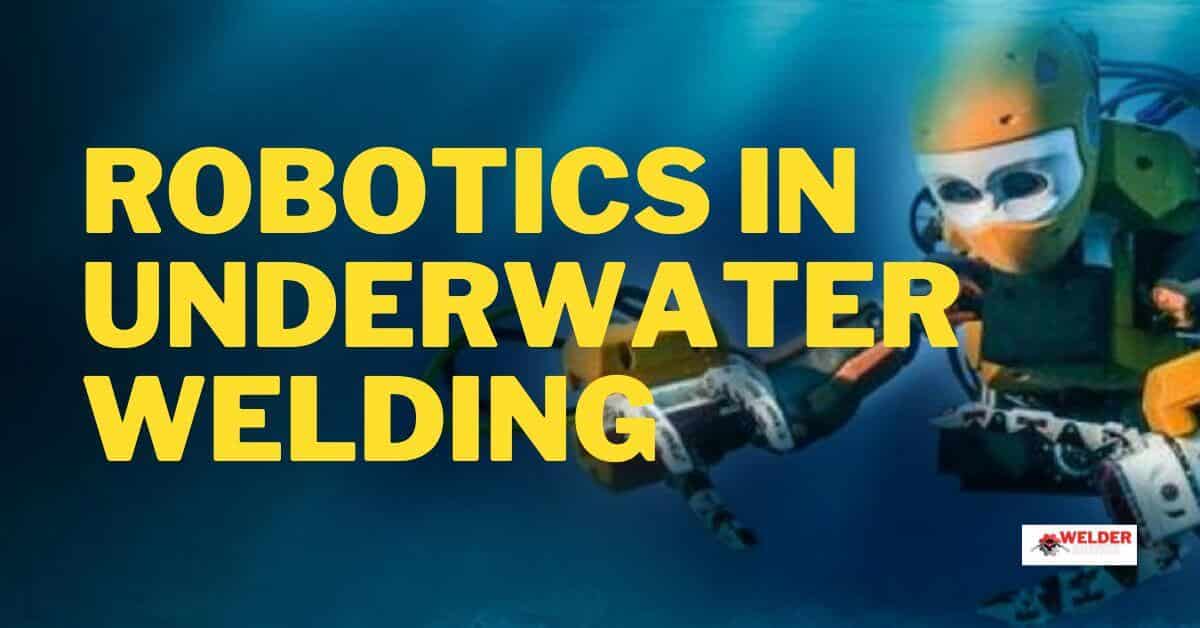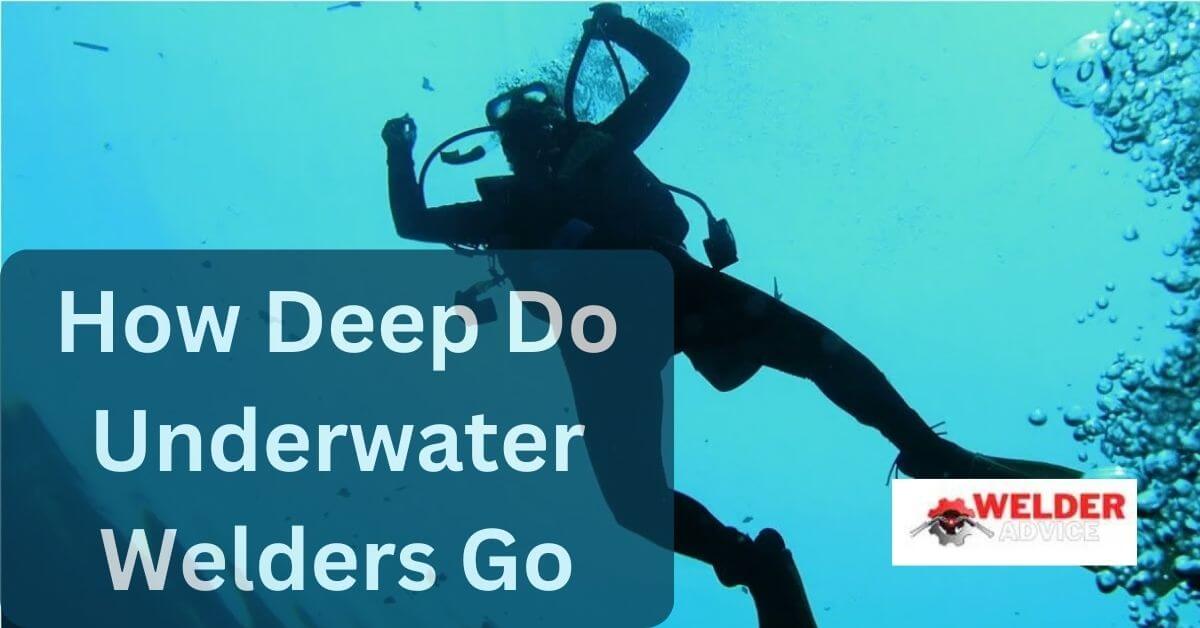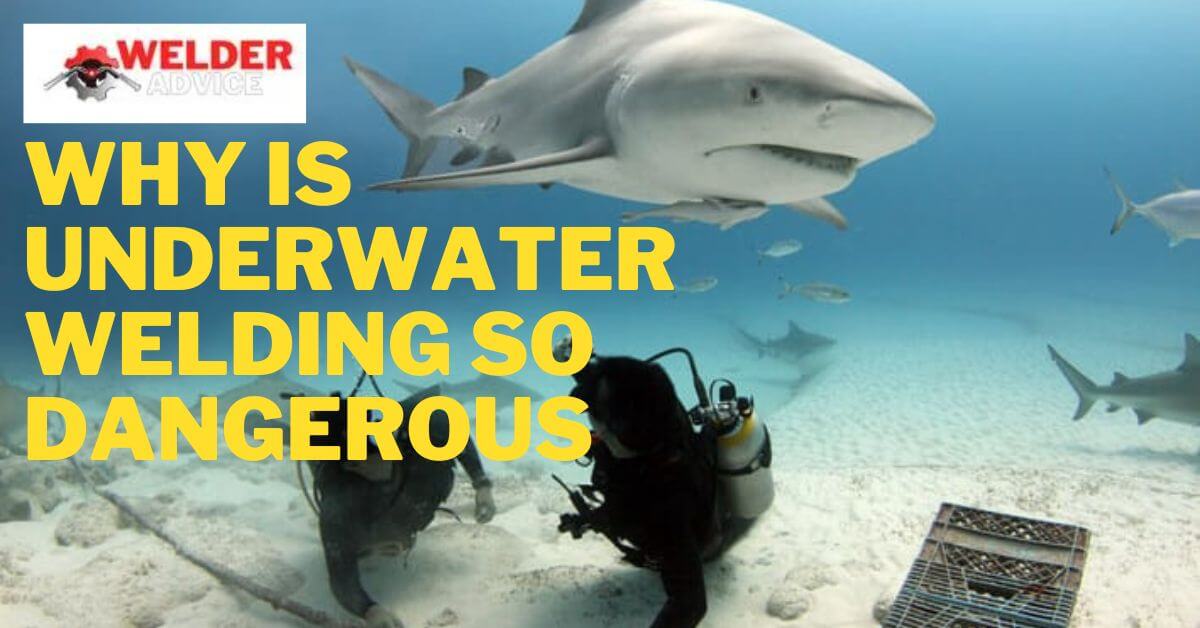Do you also want to know the history of underwater welding? Welding underwater is a critical part of many industries, from the military to the construction industry. But what is it about welding underwater that makes it so unique? In this blog post, we’ll explore this question in more detail. Welding underwater is a specialized process that allows for greater flexibility and accuracy in construction. Plus, it’s an environmentally friendly option that can save many lives. So whatever your needs may be—whether it’s creating a safe bridge or keeping soldiers safe on the battlefield—underwater welding is an essential part of the equation. Let’s learn the History of Underwater Welding here.
History of Underwater Welding
Underwater welding is an ancient technique used for centuries to join two pieces of metal. Historically, underwater welding was used to create bridges and other underwater structures. Underwater welding is still used to connect metal parts in various applications, including shipbuilding and oil rig construction.
The history of underwater welding can be traced back to 2000 BC. At that time, the Egyptians used iron-on-steel welding to construct ships and other maritime constructs. Underwater welding was famous throughout the Middle Ages when it was used to create bridges and other water-based structures.
Throughout the 1800s and 1900s, underwater welding remained a popular method for connecting metal parts in various applications. In 1912, welders from the United States Navy developed a “cold weld” technique to join steel plates during submarine construction. In 1941, welders from the USS Seawolf created the first submerged arc welder using an acetylene-fueled flame.
Today, undersea welders continue to play an essential role in many industries. They are beneficial for connecting metal parts in shipbuilding and oil rig construction applications. Underwater welders are also becoming increasingly popular for repairing pipelines and other infrastructure items below the water level.
What is underwater welding?
Underwater welding is a type of welding that is done underwater. Underwater welders use special equipment and techniques to create welds in hard-to-reach areas. They are handy for welding metal structures in water.
Underwater welding was first used in World War II to repair ships and submarines. Today, underwater welders are used to create repairs on oil rigs, pipelines, and other industrial structures. Underwater welders can also be used to create new pieces of metal infrastructure.
Equipment for underwater welding
Underwater welding is a process that dates back to ancient times. The very first underwater welds were probably made using torches. Over time, however, welding technology has evolved so that today’s underwater welders can use various equipment to complete the job.
The welder torch is one of the most common types of underwater welding equipment. This device consists of a metal handle and an electrode arm. The electrode arm is attached to a supply of oxygen-rich gas and is used to heat the metal being welded. The welder torch is also equipped with a trigger mechanism that allows the operator to start and stop the flow of gas at will.
Another type of underwater welding equipment is the MIG welder. This unit uses an electric arc to create welds in metal. The MIG welder comes in two main varieties: stick-type and gun-type welders. Stick-type welders are small enough to be handheld, while gun-type welders are more suited for larger pieces of metal.
Regardless of the type of underwater welding equipment being used, it’s essential to have a quality helmet and complete body protection suit to prevent injuries from occurring during the process.
Also Read: How Deep Do Underwater Welders Go?
How to weld underwater
Underwater welding is a relatively new technique that was first used in the 1950s. At the time, it was considered too dangerous to weld underwater, as the potential for gas and flame exposure was high. However, safety precautions have been developed over time, and today underwater welding is quite common.
The main benefits of underwater welding include that it is a more environmentally-friendly option than other welding techniques and that it is less likely to cause damage to the surrounding environment. In addition, underwater welding is much faster than traditional welding methods, so it is ideal for areas that are delicate or difficult to access.
It would be best if you had a few things to successfully weld underwater: a quality welder and an appropriate mask or snorkel. After that, you all need clean water and the metal pieces you want to join together. The underwater welding process is very similar to traditional Welding except for one key difference: the welder’s torches must be equipped with an oxygen supply to function correctly.
When starting, it can be helpful to watch some tutorial videos on YouTube or elsewhere before getting started on your first project. There are also many excellent books available on the subject which will provide even more detailed instructions. Happy Welding!
Final Thoughts
Underwater welding has a long and varied history. This process requires a great deal of heat, which is why underwater welders are often called “the firefighters of the manufacturing world.” Over time, underwater welding has been refined to allow for more intricate joints and even completely submerged repairs. Today, underwater welders are vital members of many manufacturing plants worldwide, and their skills will only continue to grow in importance as we move into the future. This is the History of Underwater Welding, I hope you enjoyed it. Thanks for reading.





